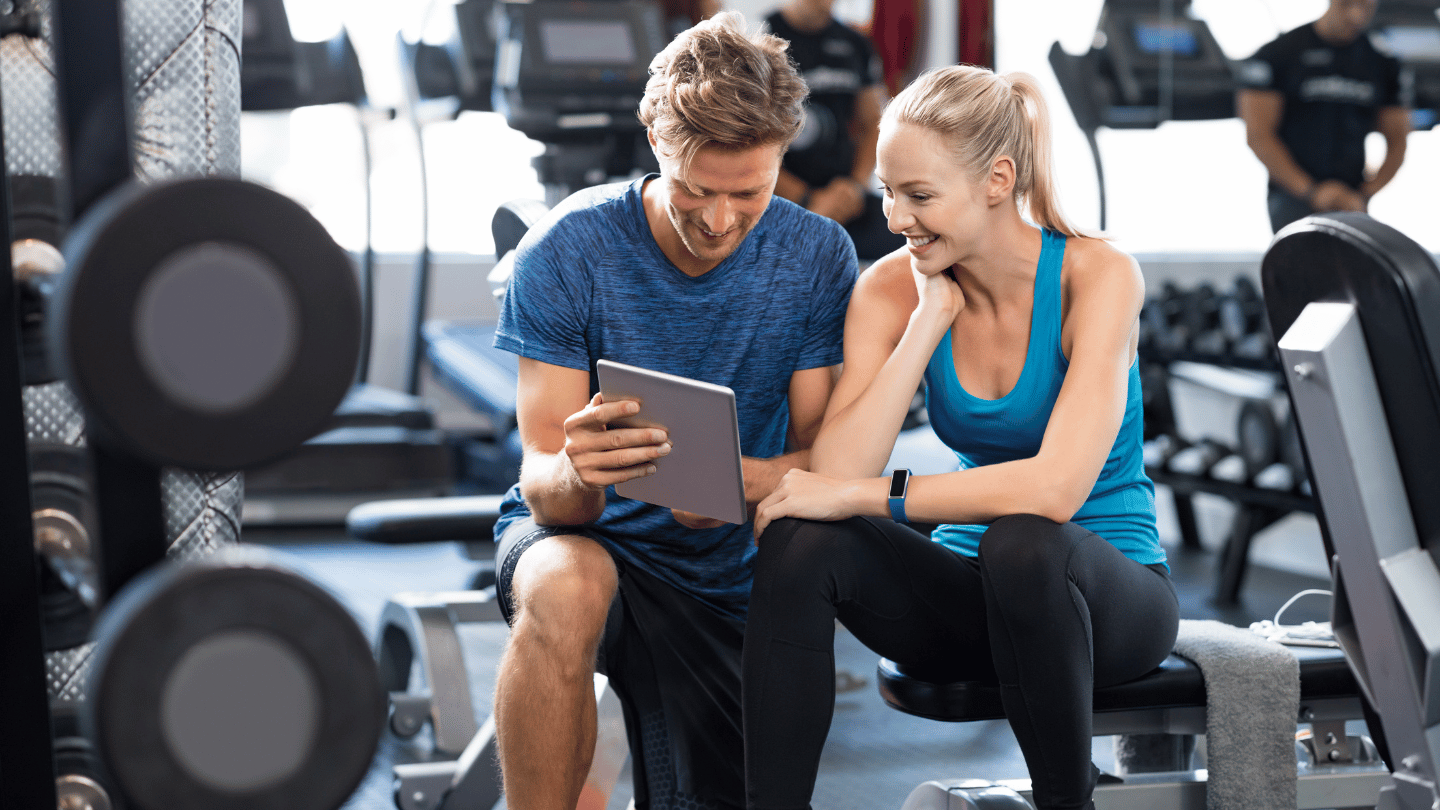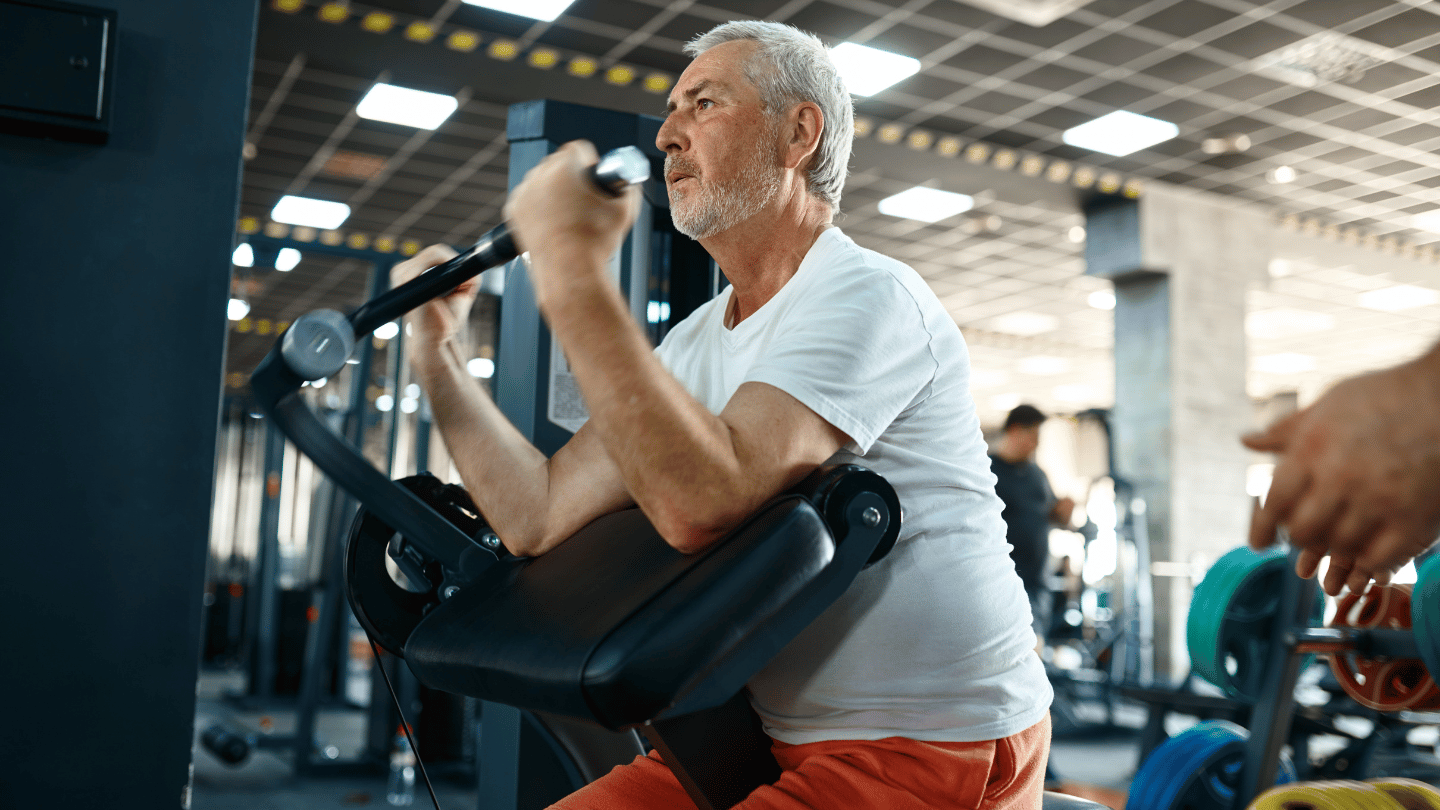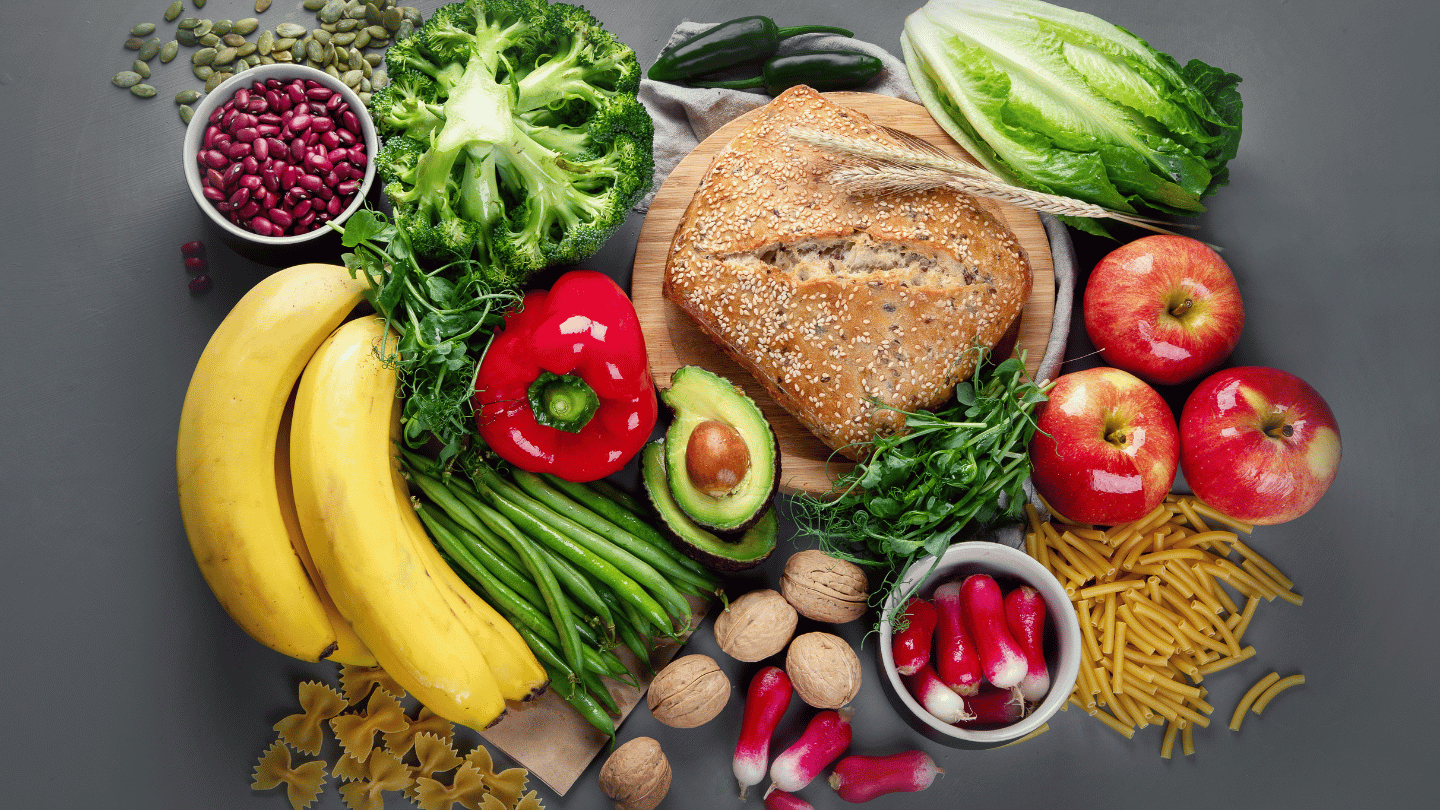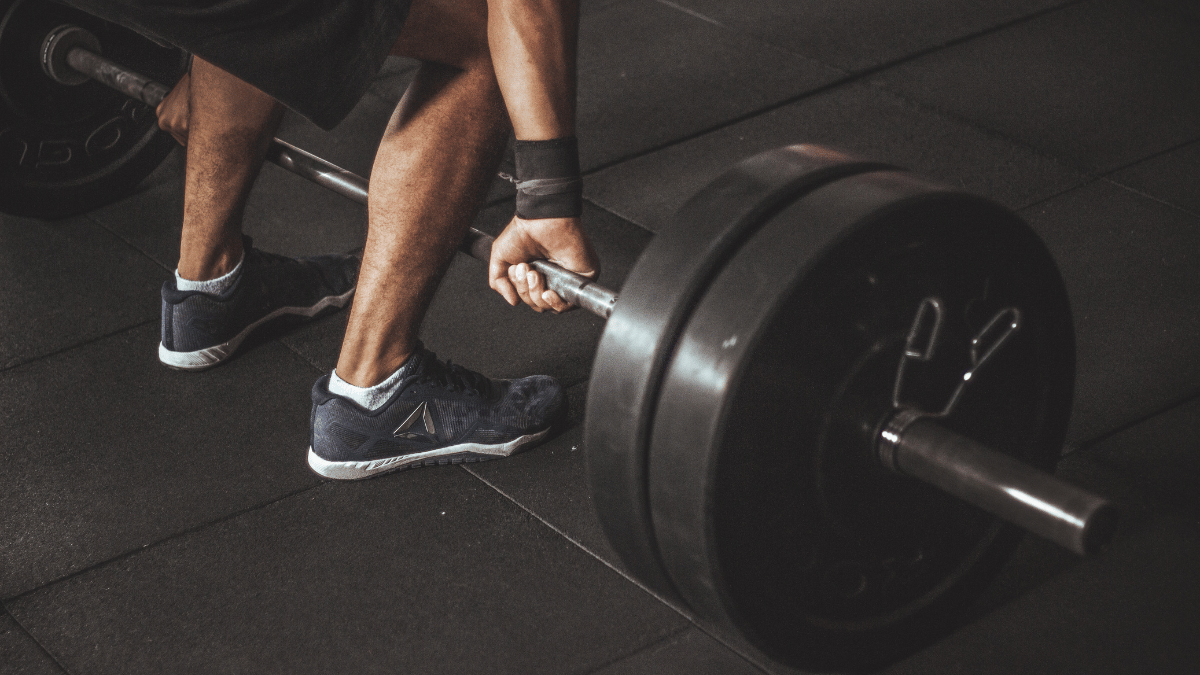When it comes to strength training, we all have our go-to exercises like squats, deadlifts, and bench presses. But if you want to take your fitness to the next level, there’s one underrated move you should consider adding to your routine: the good morning exercise. It’s a game-changer for building a stronger posterior chain, improving your lifts, and enhancing overall stability.
Let’s dive into why this exercise is a must-do and how it can help you achieve your fitness goals.
What Exactly Is the Good Morning Exercise?
The good morning exercise involves hinging at the hips while maintaining a slight bend in the knees and a flat back, with a barbell or other weight resting across your shoulders. Picture the motion of a squat—but instead of lowering your body down, you’re bending forward at the hips while keeping your spine straight.
Think of it as a way to “wake up” your muscles (hence the name) and get your posterior chain—lower back, glutes, and hamstrings—fired up.
The good morning exercise is not just a “back day” movement. It’s a versatile exercise that offers a ton of benefits when performed correctly, making it suitable for anyone looking to level up their fitness game.
The Benefits of the Good Morning Exercise
Wondering why you should add good mornings to your routine?
Here’s a rundown of the key benefits this exercise offers:
- Strengthens the Lower Back: The good morning is fantastic for building strength in the lower back, an area that often gets neglected. Strengthening these muscles can improve your posture, reduce back pain, and even enhance your performance in other lifts, like squats and deadlifts.
- Boosts Hamstring and Glute Development: If you’re looking to strengthen your hamstrings and glutes, good mornings are your friend. These muscles get a serious workout with every rep, helping to build strength and endurance in the posterior chain.
- Improves Hip Hinge Mechanics: The hip hinge is a fundamental movement pattern used in many exercises, such as deadlifts, kettlebell swings, and even picking up objects from the ground. Practicing good mornings helps you perfect this movement, making your form more efficient and reducing the risk of injury.
- Enhances Core Stability: Keeping your core engaged during the exercise is crucial for maintaining a flat back and stable posture. This makes good mornings an effective way to work your abs and obliques indirectly, helping to build a stronger, more stable core.
- Aids in Injury Prevention: Strengthening your lower back and posterior chain can help prevent common injuries related to weak or imbalanced muscles. This is particularly beneficial for people who sit a lot during the day or engage in sports that involve a lot of bending and lifting.
How to Perform the Good Morning Exercise Safely
While the good morning exercise has plenty of benefits, it’s essential to do it with proper form to avoid putting too much strain on your lower back.
Here’s a step-by-step guide to performing the move safely:
- Set Up the Weight: Start with a light barbell placed across your shoulders, just like you would for a squat. Beginners can also start with a resistance band or even bodyweight to get the form down.
- Stand Tall: Position your feet shoulder-width apart and keep a slight bend in your knees. Your chest should be up, and your back should be straight.
- Hinge at the Hips: Slowly bend forward by pushing your hips back, keeping your back flat and your core engaged. Lower your torso until it’s roughly parallel to the floor or until you feel a stretch in your hamstrings.
- Return to Starting Position: Engage your glutes and hamstrings as you slowly raise your torso back to the starting position. Be sure to keep your back straight throughout the entire movement.
- Repeat for Desired Reps: Aim for 3 sets of 8-12 reps to start. You can gradually increase the weight as you get more comfortable with the movement.
Common Mistakes to Avoid
Like any exercise, performing good mornings incorrectly can limit the benefits and increase the risk of injury.
Here are some common mistakes to watch out for:
- Rounding the Back: Keep your back flat to avoid unnecessary strain on your spine. If you notice your back rounding, try using lighter weights or focusing more on form.
- Locking the Knees: A slight bend in the knees helps distribute the weight more evenly and protects your joints. Don’t lock them out!
- Lifting Too Heavy, Too Soon: It’s tempting to go big with weights, but start light and focus on perfecting your technique before adding more resistance.
- Going Too Fast: The good morning exercise isn’t about speed. Perform each rep slowly and with control to really engage the muscles.
Variations of the Good Morning Exercise to Try
To keep your workouts fresh and continue challenging your body, here are a few variations you can try:
- Seated Good Mornings: Perform the exercise while sitting on a bench. This variation isolates the lower back even more and is great for improving flexibility.
- Single-Leg Good Mornings: Add a balance challenge by performing the exercise on one leg. This variation engages your stabilizing muscles and helps correct any imbalances between your legs.
- Resistance Band Good Mornings: If you don’t have access to a barbell, use a resistance band instead. It’s a great way to practice the movement at home or as a warm-up.
Is Good Morning the Same as RDL?
Nope, good mornings and Romanian deadlifts (RDLs) may look similar, and both target the posterior chain, but they are definitely not the same exercise.
While both involve a hip-hinging movement and work muscles like the hamstrings, glutes, and lower back, some key differences set them apart:
- Bar Placement: In a good morning, the barbell is positioned across your upper back, like in a back squat. This places more direct emphasis on your lower back muscles as you hinge forward. In an RDL, however, you hold the barbell in front of your body, keeping it close to your legs as you hinge. This changes the weight distribution and targets the hamstrings and glutes more directly.
- Range of Motion: The range of motion tends to be greater in a good morning because you can lean forward until your torso is nearly parallel to the floor. In contrast, during an RDL, the range of motion stops once your torso reaches about a 45-degree angle, or when you feel a deep stretch in your hamstrings.
- Muscle Activation: Both exercises work similar muscles, but with different emphases. Good mornings place more stress on the lower back and require more core engagement to stabilize the spine. RDLs, on the other hand, put more direct tension on the hamstrings and glutes due to the position of the weight and the way you perform the hinge.
- Purpose and Training Goals: Good mornings are great for strengthening the lower back and improving hip hinge mechanics, making them useful for injury prevention and increasing overall posterior chain strength. RDLs, however, are often used to improve hamstring strength and flexibility, as well as to enhance deadlift performance.
Both exercises are beneficial, and including them in your routine can lead to better posterior chain development.
However, understanding these differences will help you decide which exercise fits your specific training goals.
Why Good Mornings Are Perfect for All Fitness Levels
Good mornings can be adapted for any fitness level, making them suitable for beginners and experienced lifters alike. If you’re new to the exercise, start with bodyweight or a light resistance band. As you build strength and confidence, you can progress to heavier weights and more challenging variations.
Take Your Training Up a Notch with Good Mornings at Hideout Fitness
If you’re ready to start incorporating good mornings into your routine and want to ensure you’re doing them right, our experienced trainers at Hideout Fitness in Irvine are here to help. We’ll show you how to perform the exercise with perfect form, help you customize the weight to suit your fitness level, and create a workout plan that integrates good mornings for maximum results.
At Hideout Fitness, we’re all about empowering you to train like a superhero and achieve your fitness goals safely and effectively. Whether you’re training for strength, endurance, or just want to look and feel your best, we’ve got your back (literally!).
Come visit us for a free consultation at 16510 Aston St, Irvine, CA, or give us a call at (949) 236-7970. Let’s add some power to your routine and get you stronger than ever with the good morning exercise.






















.png)











.png)

























.png)
.png)
.png)



























.png)
.png)
.png)
.png)
.png)
.png)
.png)
.png)
.png)
.png)
